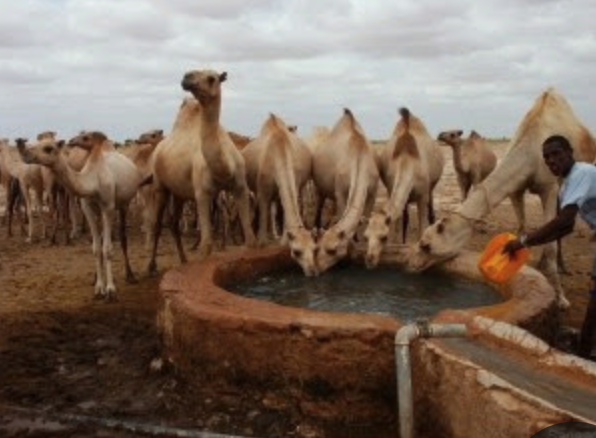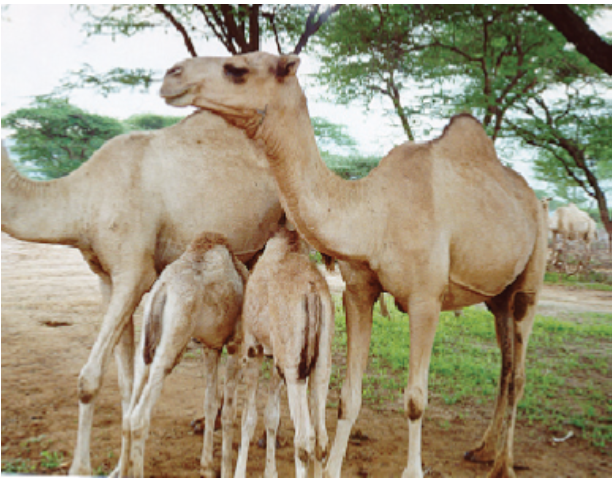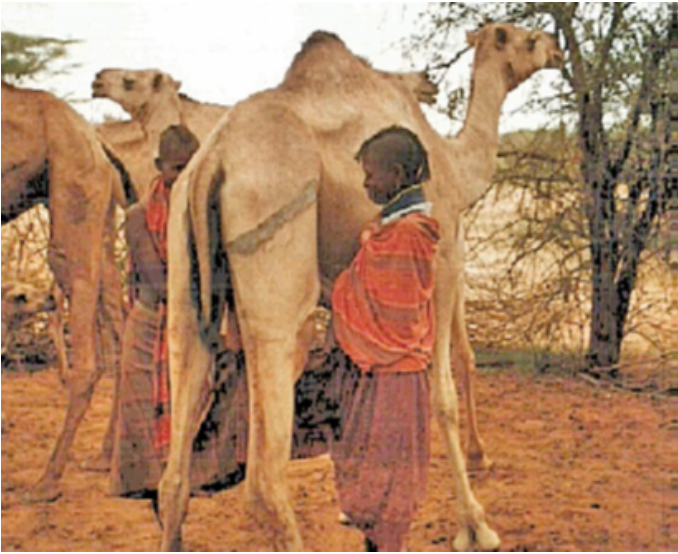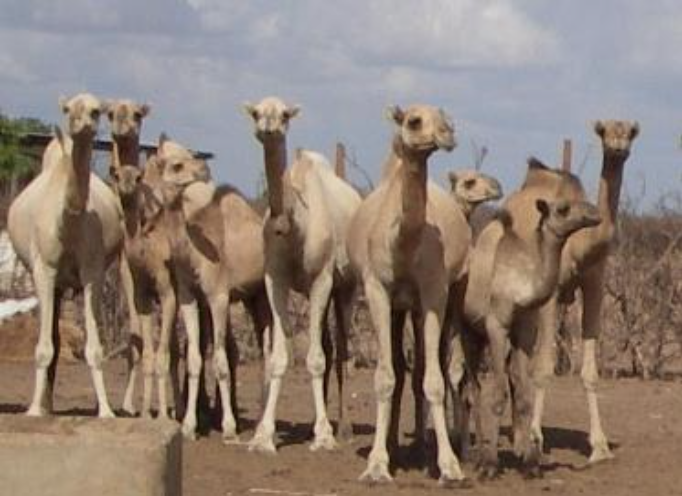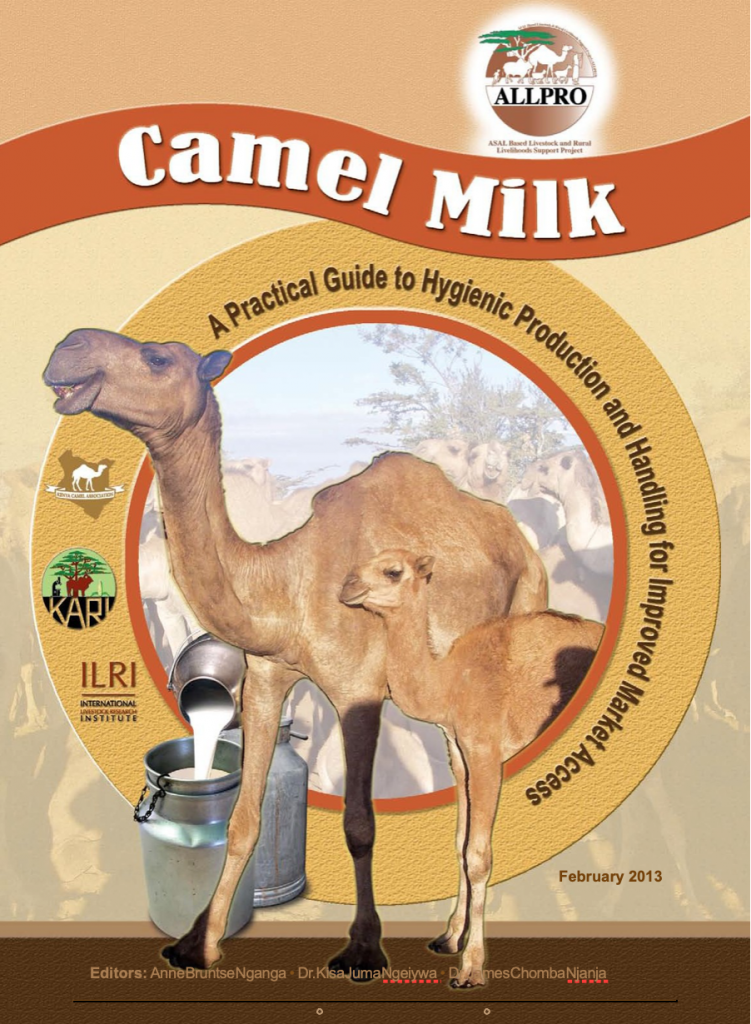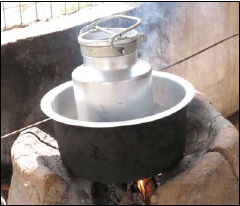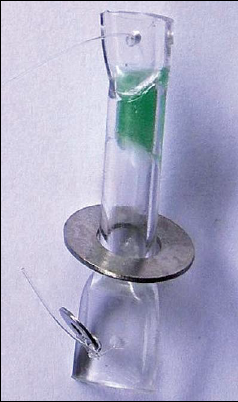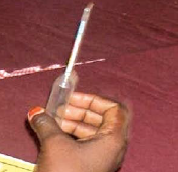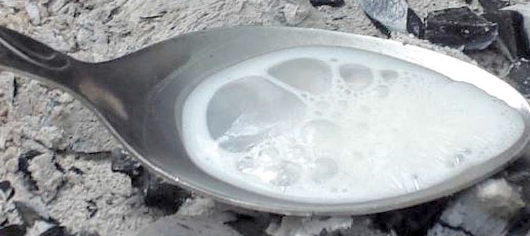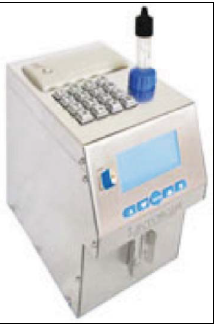The importance of good nutrition in camels
Nutrition of the camel is fundamental to growth, reproduction and production. Optimum nutrition is essential for it has a profound impact on fertility, foetal growth, birth weight and also the future milk yield. Good nutrition implies that the camel must get sufficient proteins, energy, roughage, minerals and water. Comparative studies between camels and other livestock show that the camel has lower food intake in relation to body weight than any other livestock species.
- Protein is important for growth and milk production
- Energy enables camels to walk around in search of pastures and water
- Roughage enhances feed intake and digestion
- Minerals are important in reproduction, formation of bones, feed digestion and absorption and milk yield, among others
- Water is useful in transportation of nutrients, air and wastes through the body systems and in temperature regulation.
Feeding habits
- Foraging camels spread over a large area thus minimizing pressure on a particular forage species and area i.e. low trampling and soil disturbance,
- The cleft on the upper lip helps camels in diet selection i.e. removing leaves from stems and picking acacia pods from the ground,
- The lips are thick and the upper lip is divided and very sensitive, suited to pick leaves from small branches i.e. nibbling. The small tongue is good enough to hold the leaves. The camels can consume even the little branches that contain thorn quite comfortably.
- On the average, protein content of diets selected by camels is higher than for other livestock,
- The long legs and neck enable camels to browse up to 3 m above the ground, a height not reached by other livestock
- Due to their specific forage preferences and feeding at higher levels, camels are rarely in direct competition with other animals (notably cattle and sheep) for grazing and therefore a combination of these species results to increased productivity per unit of land.
Suitable camel feeds
Given the opportunity, camels prefer to feed on shrubs and trees (browsing). However, in the absence of browse forages they can comfortably live on herbs and annual grasses. The concept of planted forages is not applicable in the Kenya situation where camels are reared under extensive free range systems. What is practical is to manage the natural forages in a way that promotes growth of palatable and quality shrubs that camels prefer. Keeping a mixture of camels and small stock or cattle where possible helps in maintaining the required forage composition.
- A camel requires 8-10 hours of grazing daily to be satisfied. This depends on breed, body size and feed availability. They disperse easily therefore the herdsman must be on the look out to keep them together.
- In an ideal situation, camels are able to select a high-quality diet that provides all the nutrients required by the body
- Camels are also able to survive on low quality fibrous roughages. They adapt well to different diets and dietary conditions
- During the dry season, when other forages are scarce, camels can browse on the green tips of trees (e.g. Acacia sp.) that other livestock species do not, enabling them to survive droughts,
- It is worth noting that there are some plants that can poison camels e.g. Capparis tomentosa and Solanum spp and areas where such plants are concentrated should be avoided.
| Dwarf shrub | Rufile Maratel | Khoro | Emakwi | Lkitagesi | Korategala Kiltipe | |
| Dwarf shrub | Darran-ad | Hadum | – | Aduung | Durte | |
| Shrub | Ghalangal Dakkiyah | Yoror | Erdung | Serichoi | Galgacha | |
| Tree | Kulum | Eroronyit | Sarai Ilbulei | Badhan Baddana | ||
| Shrub | ||||||
| Shrub | – | – | ||||
| Shrub | ||||||
| – | ||||||
| Acacia tortilis | Growth form:Tree. Local names: Somali-Abuk Abak, Rendille-Dahar,Turkana-Etir Ewoi,Samburu-Ltepes,Gabbra-Dadacha |
| Acacia nilotica | Growth form:Tree. Local names: Somali-Bili Madow, Rendille-Gillorit,Turkana-Ekalapelimet,Samburu-Ilkiloriti,Gabbra-Burquqe |
| Indigofera spinosa | Growth form:Dwarf Shrub. Local names: Somali-Rufile Maratel, Rendille-Khoro,Turkana-Emakwi,Samburu-Lkitagesi,Gabbra-Korategala Kiltipe |
| Salsola dendroides | Growth form:Dwarf Shrub. Local names: Somali-Darran-ad, Rendille-Hadum,Turkana-,Samburu-Aduung,Gabbra-Durte |
| Boscia coriacea | Growth form:Shrub. Local names: Somali-Ghalangal Dakkiyah, Rendille-Yoror,Turkana-Erdung,Samburu-Serichoi,Gabbra-Galgacha |
| Balanites aegyptiaca | Growth form:Tree. Local names: Somali-Kullen Kidthi, Rendille-Kulum,Turkana-Eroronyit,Samburu-Sarai Ilbulei,Gabbra-Badhan Baddana |
| Salvadora persica | Growth form:Shrub. Local names: Somali-Adde Atheii, Rendille-Hayei,Turkana-Esekon,Samburu-Sokotei,Gabbra-Aadhe |
| Euphorbia tirucalli | Growth form:Shrub. Local names: Somali-, Rendille-,Turkana-Elila,Samburu-Loile,Gabbra-Anno |
| Cordia sinensis | Growth form:Shrub. Local names: Somali-Mared Mareer, Rendille-Gaer,Turkana-Edome,Samburu-Ilgoita,Gabbra-Madeera |
| Barleria Spp | Growth form:Herb. Local names: Somali-Gamaadiis Odarol, Rendille-Geidow Sucha,Turkana-,Samburu-Lkurumbule Sucha,Gabbra-Maadek Shiisha |
| Blepharis linarifolia | Growth form:Herb. Local names: Somali-Quarda Yumarook, Rendille-Lemaruk Harja,Turkana-,Samburu-Emarak,Gabbra-Kutumbule Baraata |
Feed digestion
Camels are pseudo ruminants. The camel ruminates, chewing cud mostly at night, but though there are similarities in stomach construction, the camel stomach has only 3 chambers with no clear distinction between omasum and abomasum. Camels digest cellulose better than other ruminants. The camel has no gall bladder therefore no bile salt to assist in digestion of fat. Further, camels have lower metabolic rates than other livestock, helping them to utilize their feed very efficiently and minimize water intake.
Mineral requirements
- Camels are known to prefer grazing and browsing on salty plants, suggesting higher requirement for salts.
- Pastoralists are aware that camels require salt and some make efforts to take their camels to naturally occurring salt sources.
- Suggested salt allowances under normal dryland conditions range between 30 and 60 g/day. A camel working hard in the hot season may need as much as 140 g of salt daily.
- Mineral deficiencies adverse affect productivity of camels
- Research has shown that camels suffer specific mineral deficiencies due to complete lack or inadequate levels in the natural sources, which suggests need for properly formulated and balanced minerals for camels. One option is to buy industrial chemicals especially those containing phosphorus (dicalcium phosphate), calcium (calcium carbonate) copper, zinc, selenium, magnesium (copper sulphate, zinc sulphate, magnesium sulphate) that will supply key and commonly deficient elements and mix them with natural mineral licks or other livestock salt available in the market. The mixing ratio however needs to be guided by an expert as it depends on the difference between what the camels can get from the grazing resources and their daily requirements. Regular moving of camel herds to places with natural salts (water, licks or plant) for supplementation do help to some extent.
Water requirements
Compared to other livestock, the camel is the most efficient in water utilization in the body by being able to reabsorb most of the water in the intestines and kidneys leading to dry feacal pellets and concentrated urine, avoiding water loss through evaporation, among others. Camels also have capacity to utilize metabolic water by recycling urea. Water requirements in camels depends on the water content of the forage and accessibility to water but is lower in relation to body weight than other livestock species .
During wet periods, camels get sufficient water from the feed and may not require direct watering. However, during dry seasons and drought periods, camels require regular watering, the recommended interval being 5 to 8 days. Watering intervals longer than this leads to dehydration which interferes with the functioning of the body systems and may reduce productivity. Watering intervals during drought of up to 14 days have however been reported. Dehydration in camels could be tested by the skin elasticity. This is done by grabbing and pulling out the loose skin e.g. the neck or lower part of the abdomen and then you release. If the skin reverts back to it normal position quickly, it suggests that the animal may not require water.
Supplementary feeding in camels
However, if the skin takes long to revert to its normal position, this suggests significant degree of dehydration. Under normal circumstances camels, can get enough and quality diet from natural vegetation. This implies that in traditional extensive systems with enough browse and water, extra feeding may not be beneficial. However during periods of feed scarcity or under peri-urban production systems, supplementary feeding would certainly be beneficial to camels particularly the pregnant, lactating camels and calves.
Supplementation can be achieved through harvesting and storage of some feed material e.g. acacia pods especially for the settled households.
The nutritional quality of natural vegetation is highest at the time when vegetation is beginning to dry up and this would be the most appropriate harvesting time.
Grass hay, minerals supplements and concentrates like dairy cubes could be bought from the market and fed to camels. However, this may prove expensive and only affordable for a few high yielding breeds like Pakistani.
